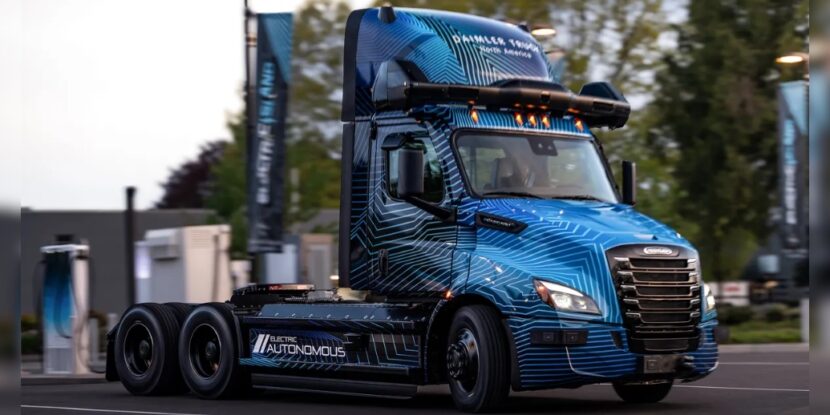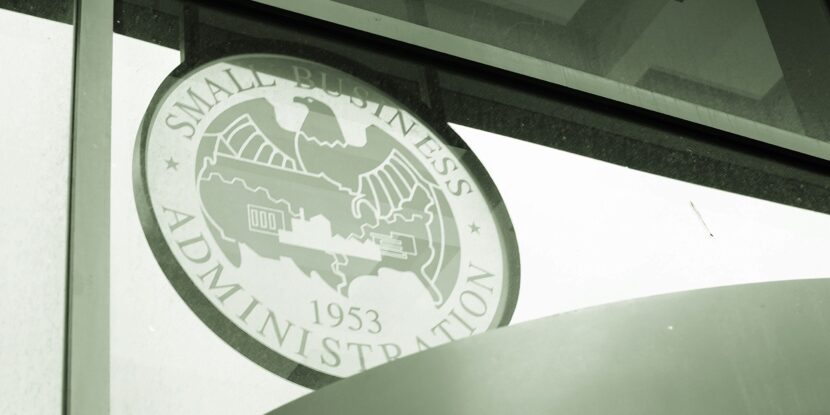Daimler Truck, a subsidiary of Mercedes-Benz’s parent company, says it has developed a fully automated long-haul truck that will be ready to hit the road by 2027. The eCascadia is an all-electric, automated version of Daimler’s popular Freightliner Cascadia truck models. A self-driving vehicle, the truck is outfitted with long-range sensors and a powerful computing system they say can quickly process data to make snap navigation decisions.
Joanna Butler, who leads Daimler’s global autonomous technology group, says the company’s ultimate goal is to deploy the trucks across the Southwest United States in a middle-mile freight hauling role. This means the autonomous trucks will engage in hub-to-hub middle-mile freight hauls, primarily using federal interstate highways. Butler emphasized the company’s commitment to safety, stating, “Our mantra is really it’s a marathon and not a sprint.”
Daimler touts its autonomous freight trucks as “an autonomous vehicle that doesn’t sleep, doesn’t need to stop, and basically can drive continuously in the Level 4 hub-to-hub mode—that is our targeted use case.” However, other companies in the self-driving truck industry have been forced to fold following a decline in public support and pushback from regulators.
In October of last year, a pedestrian was hit, pinned underneath, and dragged by a robotaxi manufactured by Cruise, the self-driving unit under General Motors. Following the pedestrian collision — and collapse in investor confidence — Cruise was forced to lay off nearly a quarter of its employees.
Around 1.5 million Americans are employed directly by the trucking and long-haul freight industries, and upwards of 8 million are employed through connected industries. Some economists fear the abrupt replacement of human drivers with autonomous computer drivers would have severe economic consequences that trump even public safety concerns.



















